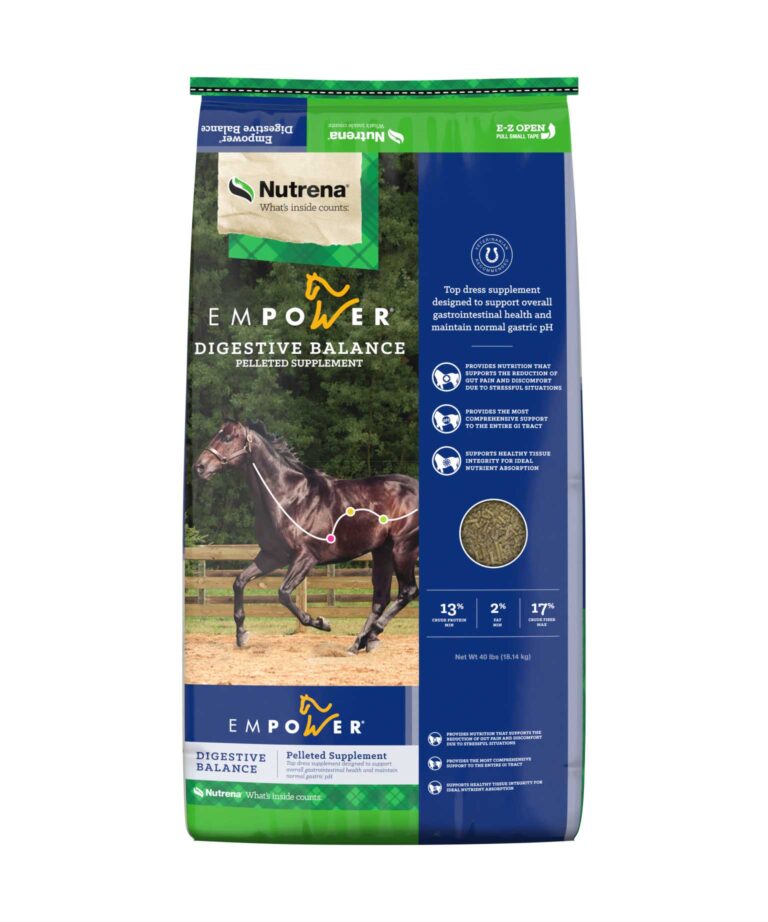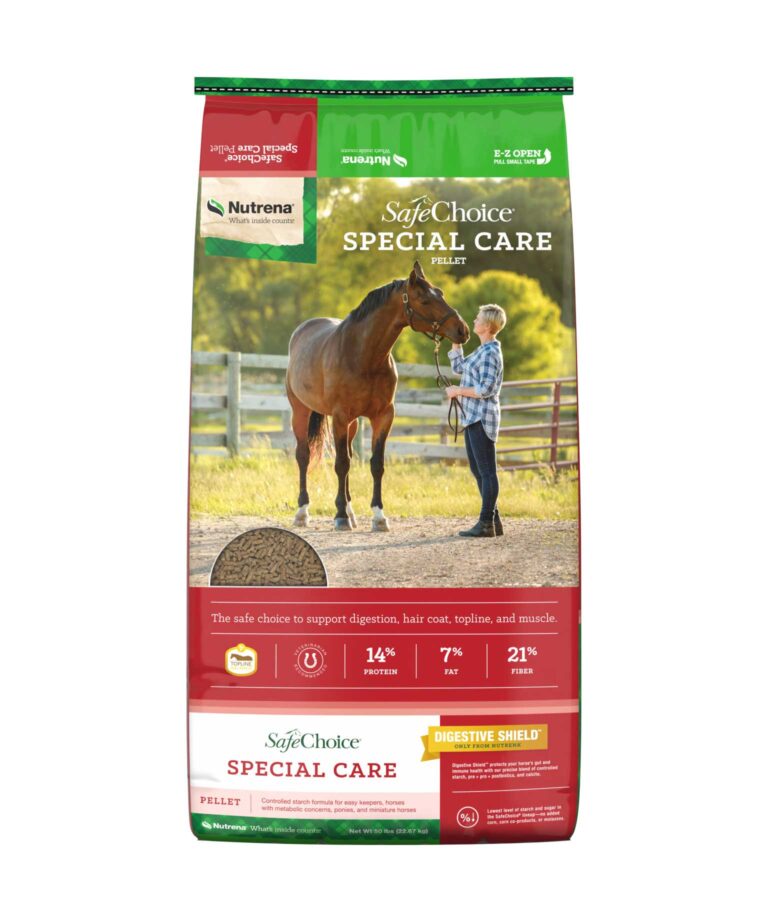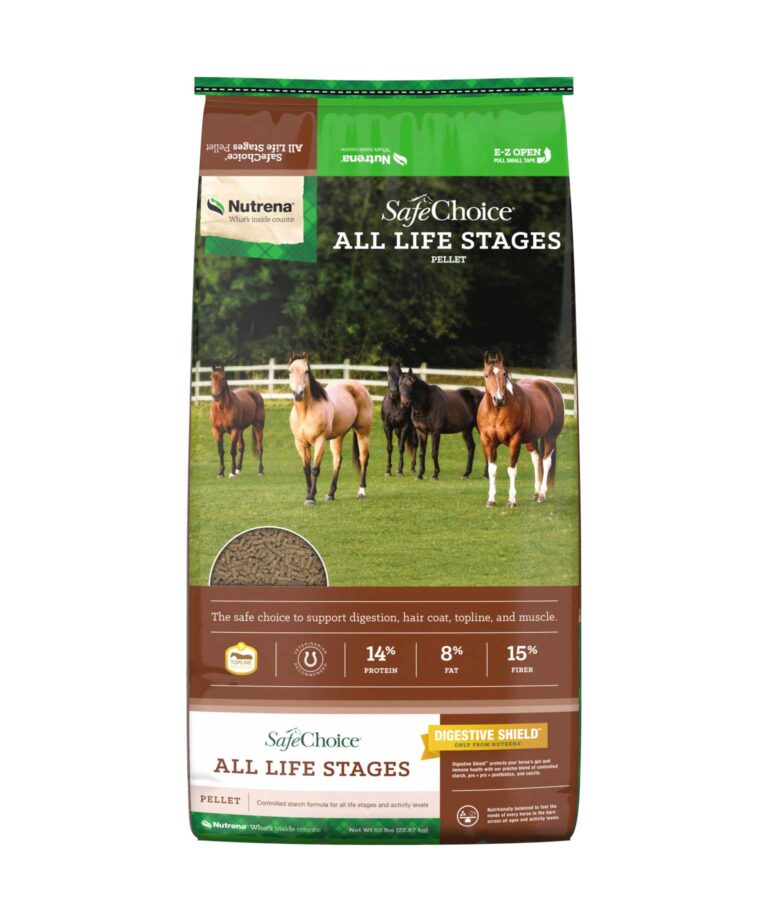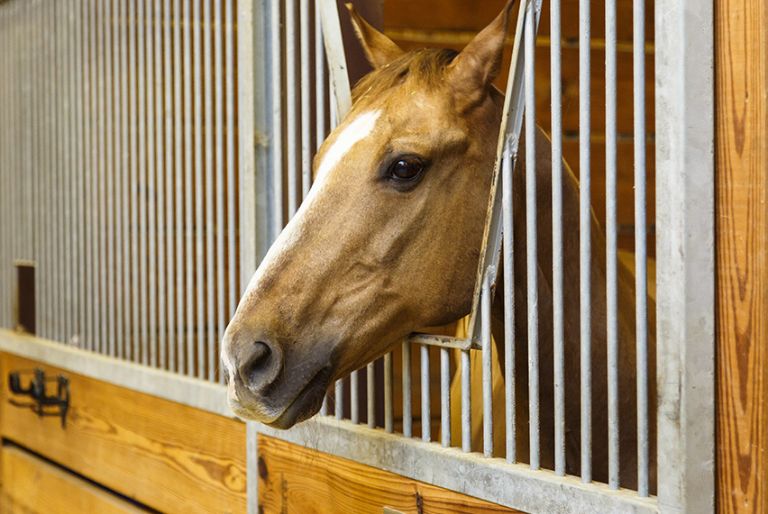Management Practices: Reducing the Risk of Colic
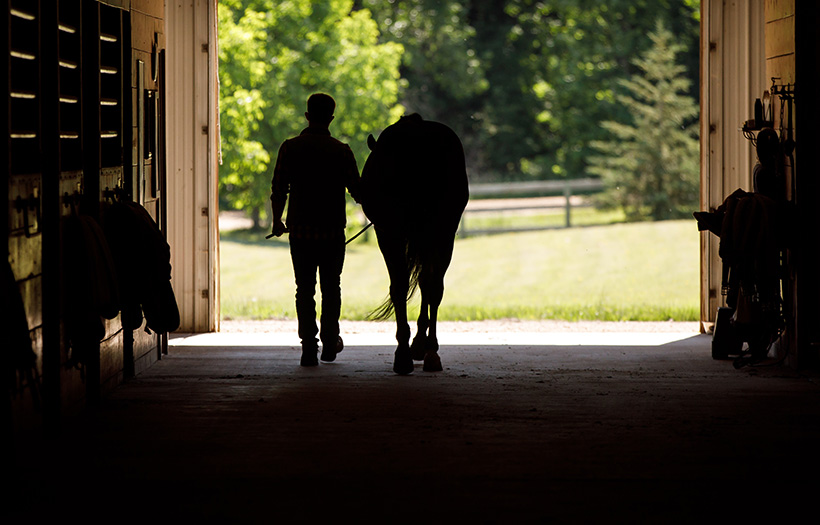
Colic is one of the leading health problems facing horse owners. According to the USDA’s National Health Monitoring System (NAHMS) Equine Study 1998, about 4% of the horse population experiences colic each year. Colic rated second only to old age as the cause of death in equines. The same study indicated that horse owners most commonly identified “unknown” causes for colic, followed by gas colic and feed related.
Feeding management and non-feeding-related management practices can all have an impact on reducing the risk of colic.
The following management practices can aid in reducing the risk of colic:
- Parasite Control: Includes proper sanitation and regular deworming per program.
- Dental Care: Be sure to schedule regular dental exams as needed.
- Fresh Clean Water: A lack of water in both cold and warm weather may increase risk of colic.
- Consistent Diet: Avoiding sudden changes in either hay or grain may help reduce risk. A survey by Dr. Noah Cohen et al in Texas indicated forage changes are associated with colic more frequently than changes in the grain portion of the diet.
- Avoid Starch Overload. Starch overload, or allowing undigested starch to get to the hindgut, is a major cause of gas colic. Limiting meal size, maintaining equal feeding intervals, and selecting controlled starch feed products for a feeding program, may help reduce the risk of starch overload.
- Feed Additives. Some feed additives, such as direct fed microbials and yeast culture, may also be beneficial in improving forage utilization and digestion.
Colic prevention ”rather than colic treatment” is clearly much better for both the horse and the horse owner.

